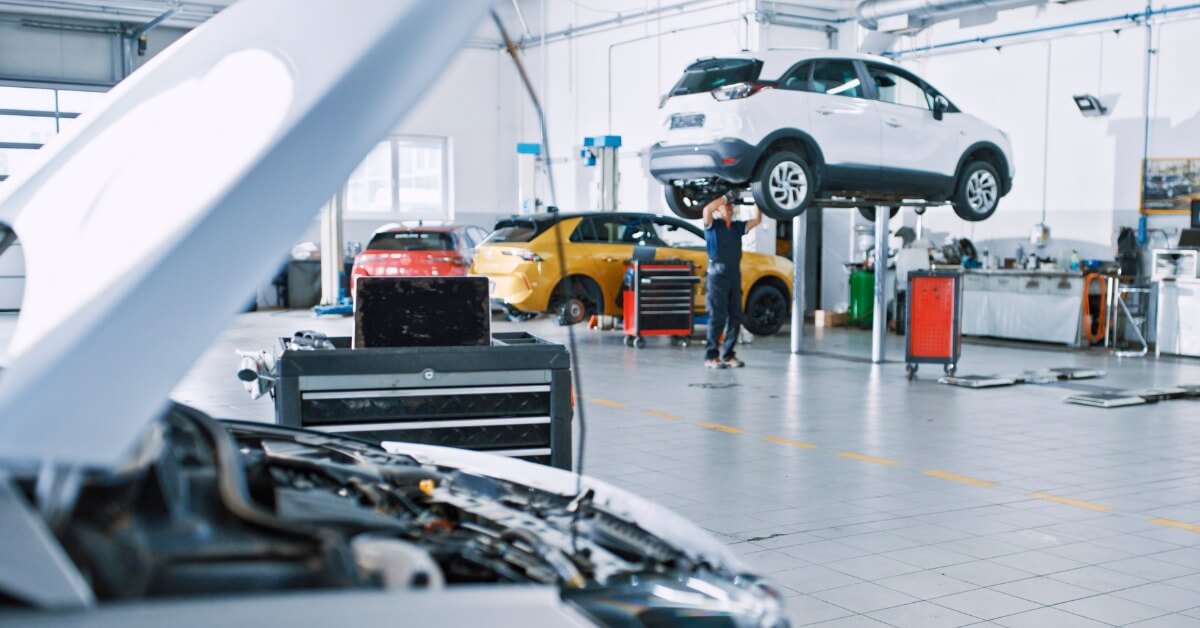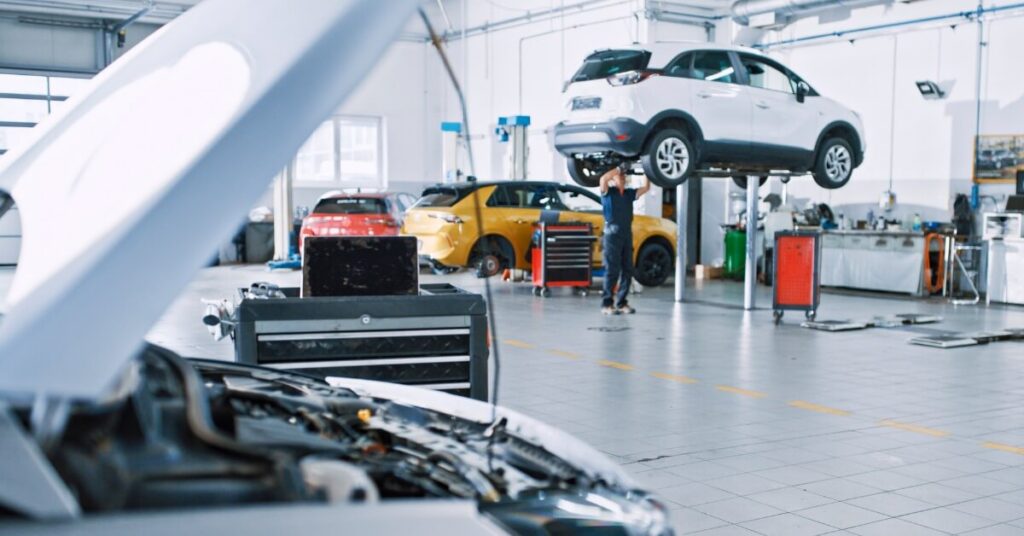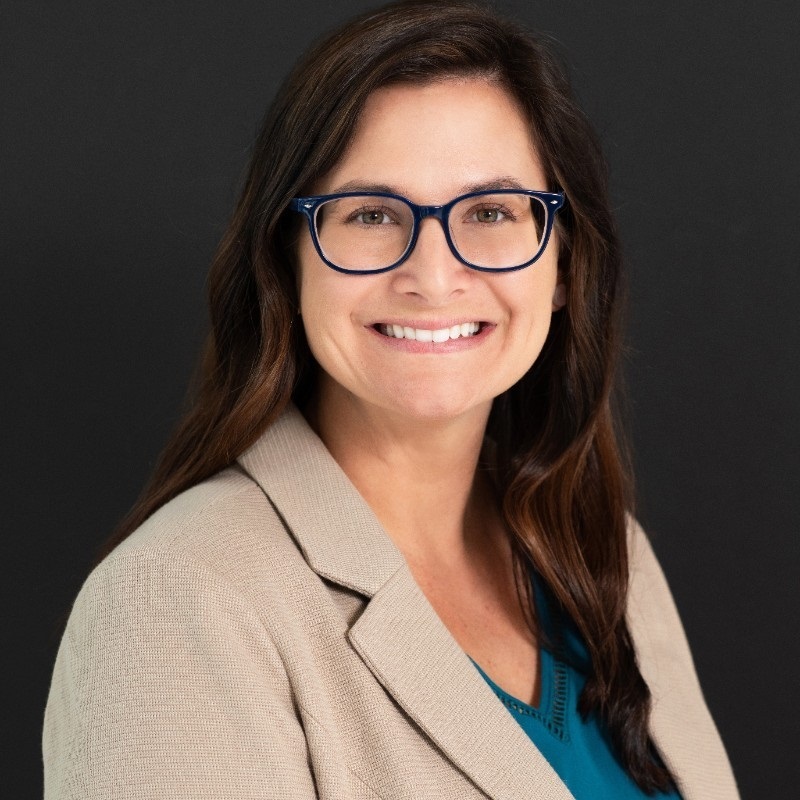When building an effective EHS program, you need to start with a clear understanding of where you are before determining where you need to go. That’s where initial assessments come in – they lay the essential groundwork for your entire EHS program.
It’s unreasonable to think you can establish a safety team and immediately have everything figured out perfectly. You need to know exactly what you’re working with through comprehensive initial assessments to create a realistic implementation roadmap for your dealership.

Risk Assessment & Prioritization
A thorough initial assessment helps your safety team identify and categorize risks across your operation. During this process, we evaluate:
- High-risk areas requiring immediate attention
- Low-risk concerns that need monitoring
- “Low-hanging fruit” that can be quickly addressed
- Areas requiring significant capital investment
For example, during an initial assessment, we might uncover that your facility has single-wall tanks that need to be upgraded to double-wall containment or require a berm. This type of finding needs to be factored into your planning – both for long-term upgrades and immediate stop-gap measures to prevent catastrophic spills.
4 Key Areas to Assess
When conducting initial assessments, we focus on several crucial areas:
Auto Dealer's $27 Million Bad Day
The direct and indirect costs of a workplace injury or illness can have a significant impact on a dealer's bottom line. Download this guide and save your dealership millions.
Building Your Framework for Action
The results of these initial assessments provide the framework for how your safety team will respond to identified issues. They help you:
- Prioritize immediate concerns
- Develop realistic implementation timelines
- Establish necessary stop-gap measures
- Create actionable plans for long-term improvements
Remember, you can’t improve what you haven’t measured. Initial assessments give you the baseline measurements needed to build an effective, compliant safety program that protects both your employees and your business.
Complete Dealership Compliance from KPA
Keep your dealership safe from environmental factors that impact your workers’ and customers’ safety. KPA helps auto dealers maintain cultures of safety, streamline operations, and manage risk through a robust set of tools that includes a combination of consulting, training, and regulatory content.
Next Week, Let’s Look at Written Programs and Policies
Join us as we break down the essential steps every dealership must take to build and maintain a successful safety program. If you haven’t already, subscribe to our blog for weekly installments of the 10 steps to complete compliance.
Follow a 10-step journey to compliance.
Move your mouse over each step to learn more about each step.
Related Content
Explore more comprehensive articles, specialized guides, and insightful interviews selected, offering fresh insights, data-driven analysis, and expert perspectives.

